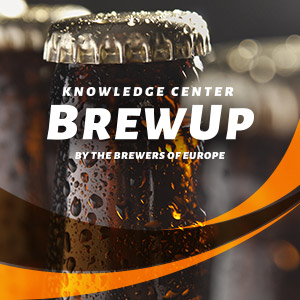The instrumental estimation of Pasteurisation Units (PU’s) by determination of time and temperature and the calculation of Pasteurisation Units in order to control the pasteuriser performance. With computer based overall supervision of the complete packaging line, it is possible to provide control of the pasteuriser and other items of packaging line equipment in response to changes in the whole system. For example, in a packaging line of small containers, in conjunction with the use of variable speed drive of the transport system, it is possible to control transit time and temperature of the pasteuriser to ensure the correct level of heat treatment for each group of containers, as represented by a line of containers across the width of the machine. Pasteurisation is a gentle heat treatment to reduce the microbial load in a product so that there is no micro-biological growth during shelf-life. Descriptors: Time required from a temperature of 60 °C until the product leaves the regeneration section of the plate heat exchanger in min, Outlet temperature of the regeneration section in °C, Time the product needs to go through the heating section of the plate heat exchanger in min, Temperature in holding loop in °C, Time in holding loop in min or Time the product needs to go through the holding loop in min, Time required for the product to reach 60 °C from the outlet of the holding loop to the regeneration section of the plate heat exchanger in min, Volume of holding tube in m3, Flow in m3/minute, Minimum temperature in holding loop in ° C, Pasteurisation temperature in °C
It is necessary to use ......

















